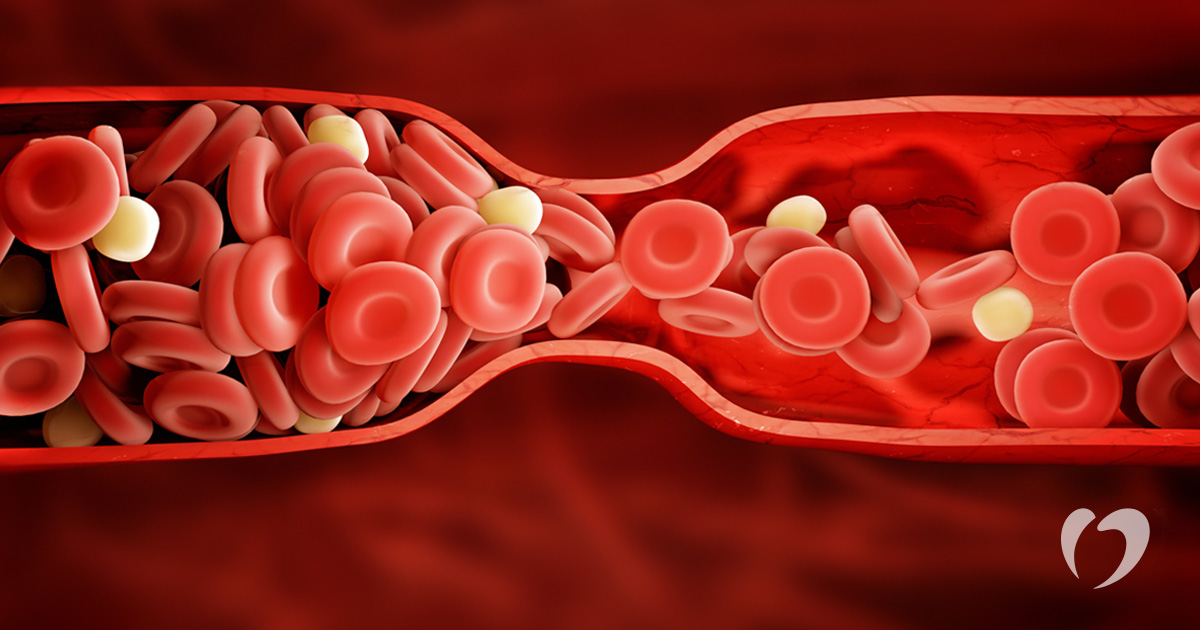Deep vein thrombosis (DVT)

Deep vein thrombosis, commonly known as DVT, is a blood clot that forms in a deep vein in the body, typically in the leg or thigh. If the clot breaks loose, it can travel to the lungs and cause a pulmonary embolism, which can cause permanent damage to the lungs and other organs and even result in death.
DVT occurs when something limits circulation of the blood or when abnormal clotting occurs. Sitting still for a long period of time, such as after an accident or surgery, can result in deep vein thrombosis. DVT can also develop due to certain medical conditions that affect how the blood clots.
Symptoms of DVT
Not all people with DVT will experience symptoms, but those who do may have swelling in one leg, pain that feels like cramping or soreness, red or discolored skin, and skin that is warm to the touch. If you have symptoms of deep vein thrombosis, contact your doctor.
If you develop signs of pulmonary embolism, you should call 911 or go to the emergency room immediately, as pulmonary embolisms can be life threatening. Symptoms of pulmonary embolism include sudden shortness of breath, chest pain or discomfort, feeling lightheaded or dizzy, rapid pulse, and coughing up blood.
Diagnosis and treatment
To diagnose DVT, your doctor will ask about your symptoms and perform a physical exam to check for swelling, pain, and discoloration in your leg. Diagnostic tests may include an ultrasound, blood test, venography using injected dye and x-ray, and CT or MRI scans.
The most common treatment for DVT is use of anticoagulants, or blood thinning medications, to decrease the chance of clots. In some cases, your doctor may prescribe a thrombolytic medication, which is administered through an IV or a catheter to break up the clot.
For patients who are unable to take blood thinners, a filter may be inserted in the vena cava in the abdomen to prevent any clots from traveling to the lungs.
Compression stockings worn during the day can help prevent the swelling associated with DVT and can help reduce the risk of clotting.
Risk factors for DVT
There are many risk factors for developing deep vein thrombosis, including the following.
- Extended bed rest or a long hospital stay with limited movement
- Hereditary clotting disorders
- Injury to the veins or recent surgery
- Pregnancy
- Taking birth control pills
- Smoking
- Certain medical conditions, such as heart failure or cancer
- Being overweight or obese
- Family history of DVT
- Being older then age 60
- Sitting still for long periods, such as when traveling
Steps to prevent DVT
As with many medical issues, lifestyle changes can decrease your risk of deep vein thrombosis. Regular exercise can encourage proper circulation and lower your risk of blood clots, as can losing weight and quitting smoking.
When traveling by car, stop and walk around every hour or so. If traveling by plane, stand or walk periodically. If walking on a plane is not possible, try to exercise your legs from a sitting position by raising your heels and then raising your toes.
If a hospitalization or other injury requires extended bed rest, try to take short walks if possible or regularly move your legs to keep blood flowing.
